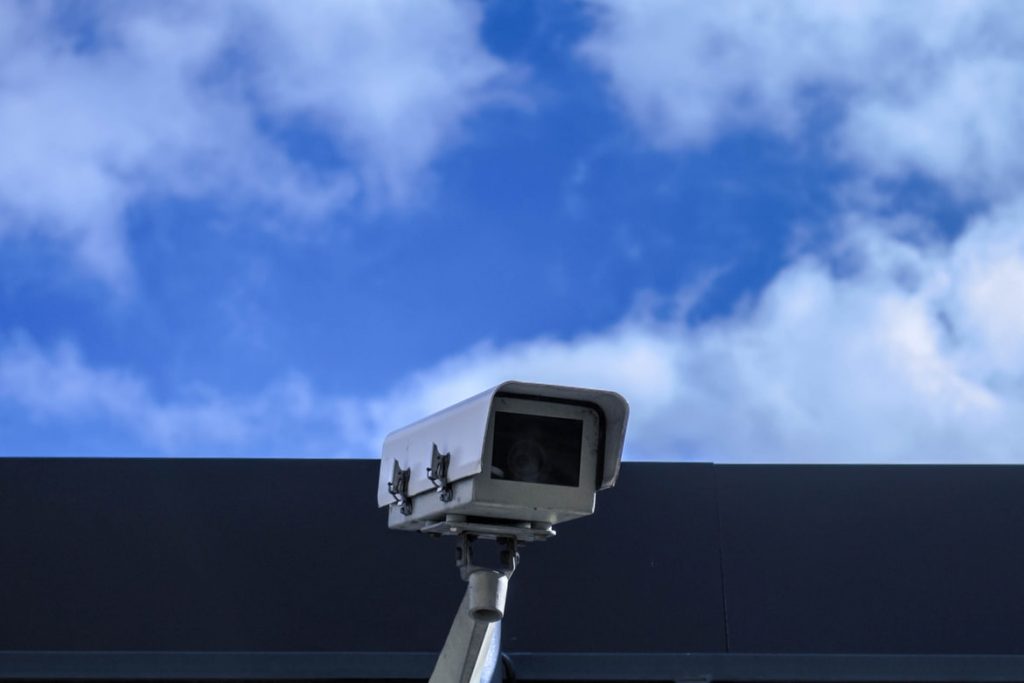Cloud computing and security are closely related in terms of technology and the risks that come with it. This is why in this post, we will be discussing the relations between cloud computing and security.
What is the Connection Between Cloud Computing and Security?
Cloud computing is the term that describes the delivery of certain computer services over the Internet. This means that the user does not need to install software or hardware locally. The cloud provides these services through an infrastructure that allows users to rent these resources as needed.
Some may compare cloud computing into security. However, this is not entirely true. Cloud computing can be secure. But it is less secure than the traditional IT model because the users do not have control over the physical hardware or software that runs their businesses.
This means that they do not have direct access to the internet and other networks which makes it harder for them to protect their information systems.
Cloud computing has its disadvantages too.
And although cloud computing does offer certain benefits regarding security, it also has its drawbacks. Since cloud computing is highly dependent on the Internet, it creates security risks to both physical and virtual assets within an organization’s network.
This is because unauthorized access can easily reach both sides of an organization’s network, thus exposing their critical information vertically.
Security Risks in Cloud Computing
When it comes to cloud computing, there are several security risks that companies should take into account before deploying cloud-based systems in their network. Some of these risks are as follows:
1. Privacy Concerns
The information stored in a company’s database may be easily accessible by other parties because of its distributed nature. Privacy issues arise when sensitive information gets exposed without authorization because of system vulnerabilities or hacking activities performed by third parties.
2. Security Issues
There are different types of security issues that can occur in cloud computing. One common type of security issue in this technology is data leakage, which happens when confidential data is exposed either intentionally or unintentionally through various channels such as emails and websites.
Another common security risk in cloud computing is a denial-of-service (DoS) attack wherein an attacker can misuse or abuse one’s cloud service or application and compromise its integrity and availability of service provision.
3. Security breaches
A security breach can also happen through malware, where an intruder can gain access to sensitive information through malicious software.
How Can You Make Cloud Computing More Secure?
Even though cloud computing is not entirely secure, it can still be made more secure by implementing certain security protocols. So here are some of these security protocols that can be used to make it more secure:
1. Authentication and Authorization
Authentication is the process of confirming the identity of an individual user or system by validating their credentials. Authorization, on the other hand, is the process of determining the authority or permission of a user to access a particular resource.
This helps in identifying whether the user has the right to access a particular resource within a system or not.
2. Access Control
Access control is about setting limits on who is allowed to access the information stored in cloud systems. Also, you can implement access control by establishing security policies. Policies that are capable of controlling who has authority over specific resources within a system.
3. Encryption
Encryption is also one of the most important security protocols that organizations should implement when using this new technology. This ensures that data transfers are safe and secure. It also helps in keeping data confidential and preventing unauthorized users from gaining access to it.
4. Auditing
Auditing refers to recording changes made about data storage and protection within a system. This enables one to know the transactions about various files, databases, and applications within an organization’s network. Auditing allows an organization to keep tabs on which parties are accessing its data without permission, thereby allowing them to take appropriate measures concerning these issues.

